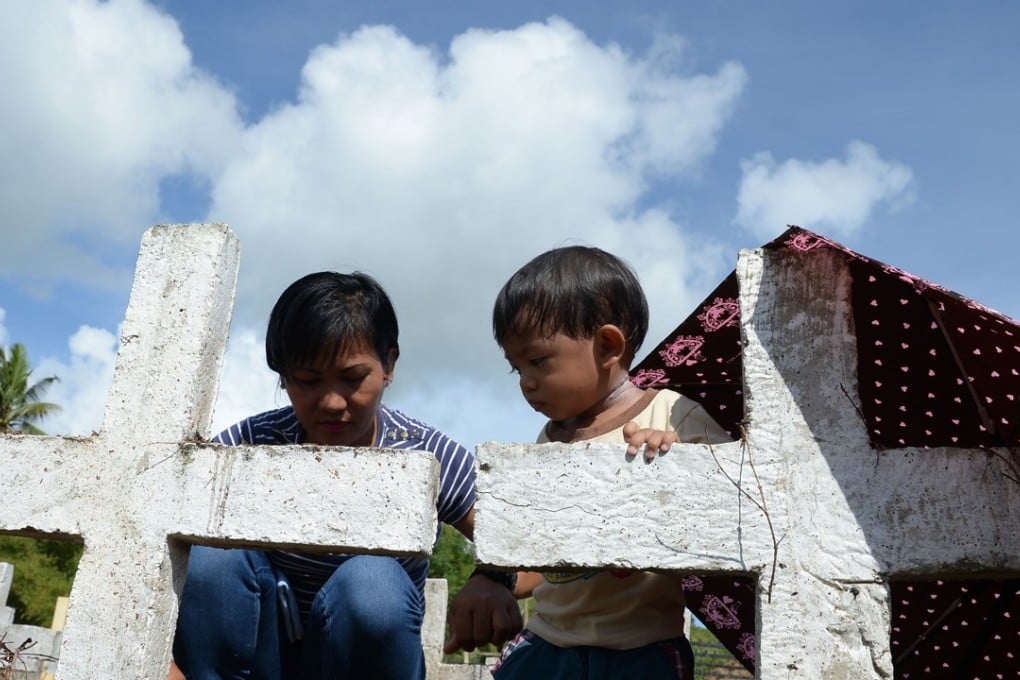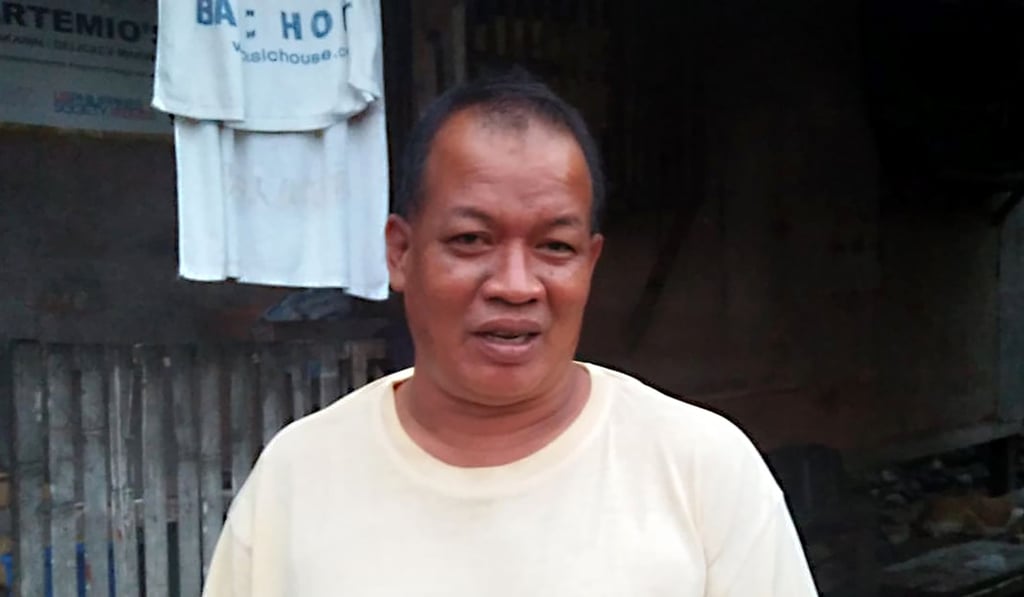Advertisement
Five years after Philippines’ deadliest typhoon, Haiyan, scores still in harm’s way
- Diofel Llamado lost two daughters to the storm that killed more than 7,000 people in 2013. Yet, like others, he believes relocation is not an option
Reading Time:2 minutes
Why you can trust SCMP

Diofel Llamado fled for his life when Super Typhoon Haiyan devastated the Philippines in 2013, yet today he is back living in the same coastal area – even if it puts him in the crosshairs of a future killer storm.
Advertisement
On the fifth anniversary of the Philippines’ deadliest typhoon on record, his return is emblematic of the struggle in developing nations to move people out of homes in the most disaster-prone zones.
It is an especially urgent danger as monster storms strike ever more frequently, packing destructive rainfall that experts say is supercharged by climate change.
“You cannot think that you are safe,” Llamado, 55, said.

Advertisement
Haiyan struck in the predawn darkness of November 8, 2013 as the then strongest typhoon to ever hit land, leaving more than 7,360 people dead or missing across the central Philippines.

Advertisement